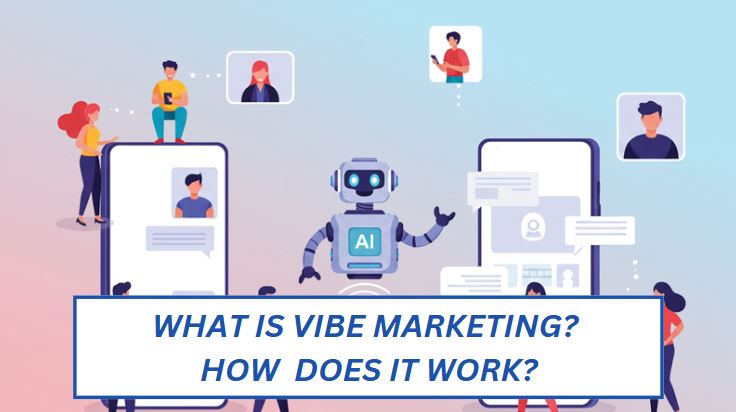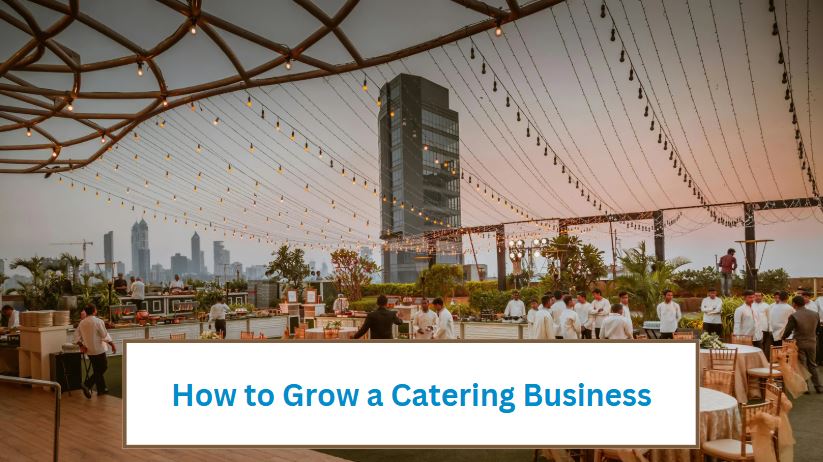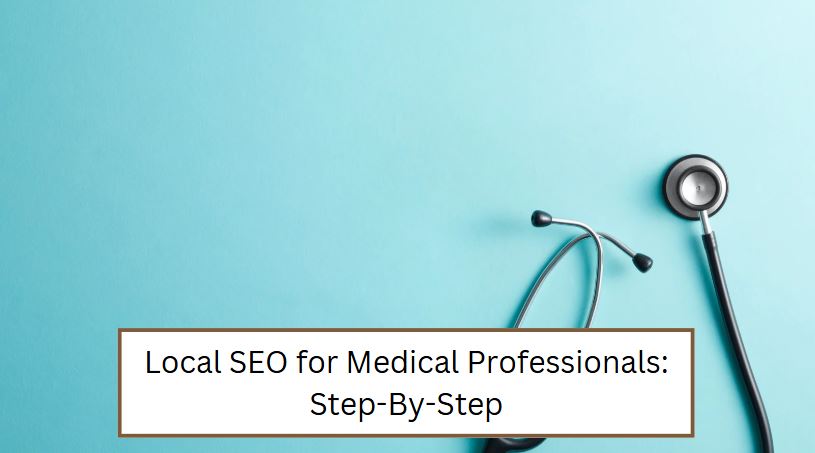It’s a Wednesday night. You’re endlessly scrolling through Facebook and before you know it, it’s 1am and your alarm’s going off in 5 hours. We’ve all been there, in fact, about 2 billion of us have been there. That’s the number of global users Facebook currently has (Avocadosocial). With Facebooks ever-expanding audience, the advertising potential it possesses is not only extensive, but also very detailed. It’s for this reason that Facebook ads have become one of the best ways you can increase conversion rates or brand awareness for your business.
At first glance, Facebook’s Ads Manager can look quite daunting, and it can be scary to spend your money on something that you’re not 100% sure will yield a return. So here are our top 5 tips to help you beat the Facebook algorithm and create high converting ads for your business!
Use detailed targeting to narrow down your audience

Facebook targeting options allow you to adjust your ad audience to be as specific or broad as you’d like. They are available in the ‘Audience’ section at the ad set level of a campaign. The options include location, age, gender and languages.
Facebook also has an option to further target your audience called ‘Detailed targeting’. In order to get the best results out of your ads, you will want to utilise Facebooks detailed targeting options. It offers demographic targeting (such as education, relationship status and work title), interests targeting (such as sport, technology, entertainment) and behaviour targeting such as whether or not you’re likely to commute to work. Facebooks targeting options are extensive and it’s a big part of what makes advertising on their platform so profitable.
Use A/B testing to cut ad spending and improve results
A/B testing lets you post different versions of the same ad to see which variables work best with your target audience. For example, Andrew wants to advertise his new dog food range. He isn’t sure whether his audience will respond better to a video ad or an image ad so he decides to perform a split test. As long as Andrew keeps all the other variables the same, the A/B split test will be able to tell him which ad creative gave him more clicks and is therefore better suited to his audience.
There are a number of variables you can test in an A/B test:
Ad creative
- Ad creative is anything that you can visually see on an ad. This includes, images, videos, copy (text), headlines or call to action buttons. Testing ad creatives can give you an idea of which creative performs better on your target market.
Audience
- Facebook ads manager offers 3 types of audiences: detailed targeting, custom audiences and lookalike audiences. You can test audiences within detailed targeting options such as testing an audience of men compared to women, or you can test audience types against each other such as testing a custom audience against a detailed targeted audience.
Placements
- Placements are the places Facebook runs your ad. As Facebook owns Instagram, your ads can appear on both platforms whether it be on the feed, stories or messenger. Split testing your placements will help you understand which platforms are most effective for your ads.
Product sets
- Product sets are groups of products that you have selected from your catalogue. You may have seen product sets displayed in a catalogue sales campaign on your feed. Split testing product sets can help you understand which product sets perform better than others and inform you on how to optimise future product sets.
Delivery optimisation
- Delivery optimisation is the selected action you want Facebook to optimise your ads for (such as link clicks or landing page views). Facebook uses your delivery optimisation choice to understand what your campaign goals are so split testing your delivery optimisation can inform you on what which action to optimise your ad for.
Keep your copy short, snappy and easy to read
It’s especially important for B2C businesses to keep their copy short and easy to read. People scrolling through their newsfeed on a Wednesday night don’t have the time, nor do they want to, invest brain power into figuring out what an ad is trying to offer them. If you’ve created brilliant, eye-catching ad creative and they have taken an interest in your ad, you have to make it easy for them to carry on reading.
This isn’t to say that long copy should be avoided at all costs because long copy can be beneficial (especially for B2B ads!). Just make sure you have an attention-grabbing first line that provides value and makes the reader want to read on!
Make sure your copy addresses a pain point
A pain point is a reoccurring issue or problem that your product/service solves. People are a lot more likely to engage with an ad they can relate to so addressing a common pain point highlights the reason why a potential customer needs your product or service in their life.
Take a look at one of Slacks Facebook ads below. By using eye-catching ad creative to show ‘what it feels like to sit in 25% fewer meetings’, Slack addresses a common pain point for office workers of having to attend endless tedious meetings.

Have a clear call to action
Your ad has caught the eye of a potential customer. They’ve read your ad copy and are even more interested in your service/product. The next step is a clear call to action telling them what they should do next.
A call to action is a written directive to encourage the consumer to perform a desired action with the ultimate goal of a sale such as ‘learn more’ or ‘shop now’. Facebook Ads Manager provides a range of call to action buttons that you’re able to link to your desired landing page to. Just be sure to test that the landing page URL you have attached is working properly as Facebooks algorithm will rank you down if you have an inaccessible landing page.
Conclusion
All of these points are really important when it comes to creating a well-converting Facebook ad but one of the most important points is to regularly analyse and update your ads. Facebook is constantly changing their algorithm and guidelines so at the end of each month (or ad course) you should review what worked well, what didn’t work so well and optimise your next ad accordingly. Facebook ads are a continuous process of trial and error and at times, it can be time consuming. But if you use the points raised in this article, you will be able to increase your ad performance and cut ad spend creating more sales and awareness for your business.
Related Posts
What is Vibe Marketing? How Does It Work?
Marketing has evolved a lot in recent years, particularly because of artificial intelligence and automation.…
How to Grow a Catering Business
Growing a catering business is more than serving good food. It’s about working on your…
Local SEO for Medical Professionals: Step-By-Step
If you’re a healthcare provider, your customers are searching for services like yours. Local SEO…
Continue Reading Local SEO for Medical Professionals: Step-By-Step




